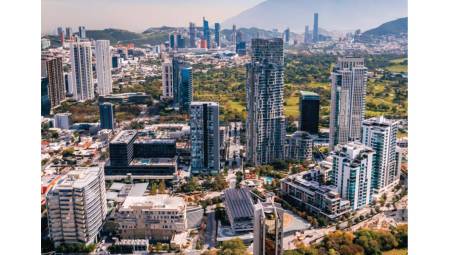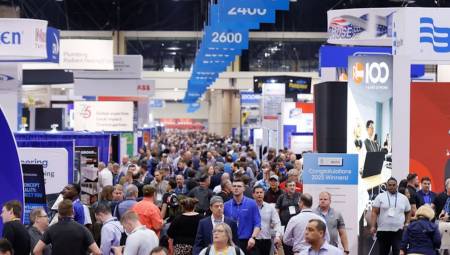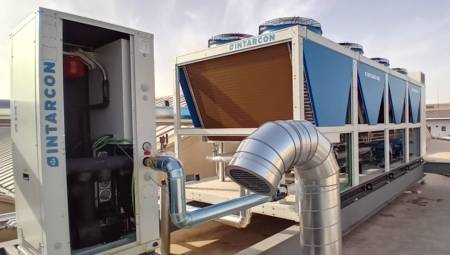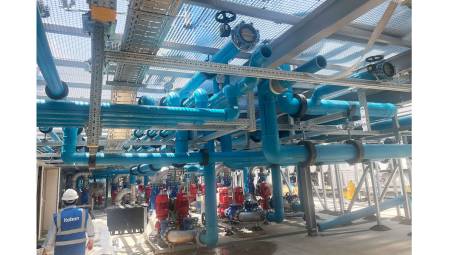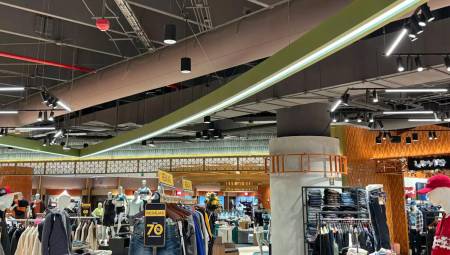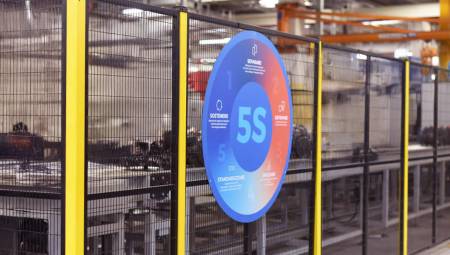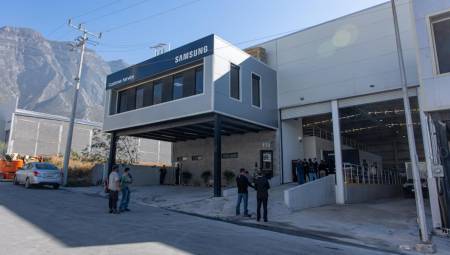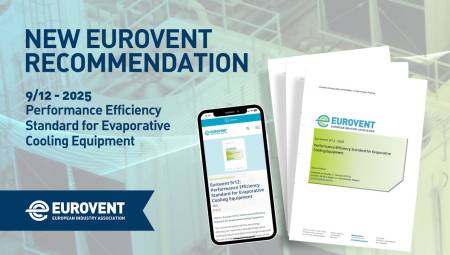Reducing imports was a "major challenge" for the island, whose CFC consumption amounted to more than 1,000 tons per year when it signed the Montreal Protocol in 1987, through which 191 countries agreed to eliminate by 95% the use of these gases, commonly used for refrigeration.
After a process of "gradual reduction" Cuba managed to close 2007 with less than 90% of CFC imports, and in 2008 only about 74 tons were marketed.
As of January of this year, the General Customs does not allow the entry of CFCs, and by law it is established that those who try to do so "can be sanctioned and the goods confiscated".
The Cuban government trained more than 5,000 mechanics and technicians and almost 1,000 customs inspectors "with the mission of detecting at the border" the entry of chlorofluorocarbons.
The director of the Ozone Technical Office, Nelson Espinosa, told Opciones that, at the end of these imports, companies that own commercial refrigeration and air conditioning equipment can receive "free of charge" the service of "reconversion" of gases.
"Each precept signed to not import more CFCs forces important decisions, because there are still refrigerators and air conditioning units in the state sector that require that substance," the weekly said.
As a solution, the government has given the green light to a national conversion program, and equipment that cannot be changed "immediately" can replace CFCs with substances "with very low or zero potential for depletion" of the ozone layer.
Between 2004 and 2006, the island converted into a "pilot phase" more than 20 commercial and industrial facilities that are currently operating in "perfect technical condition," Options added.
News from: www.google.com


